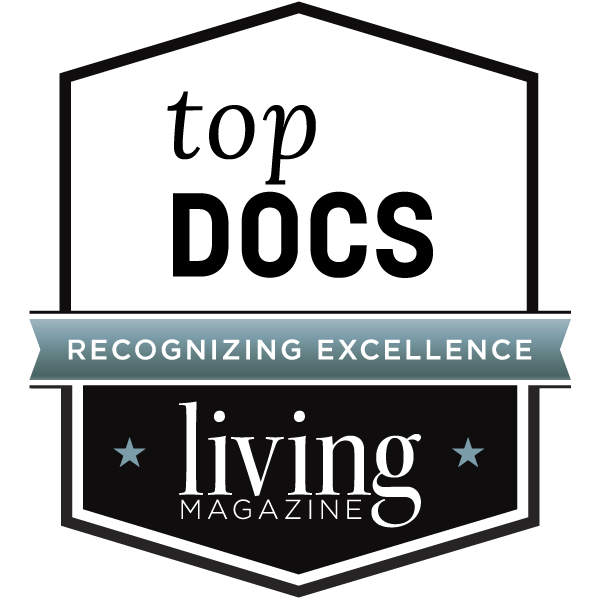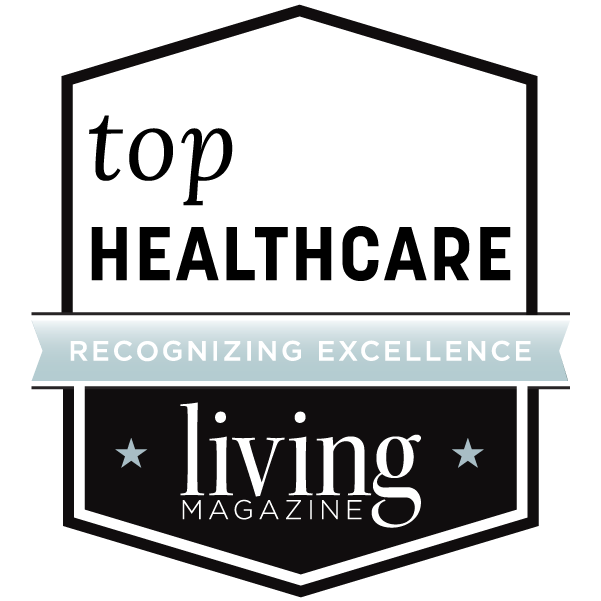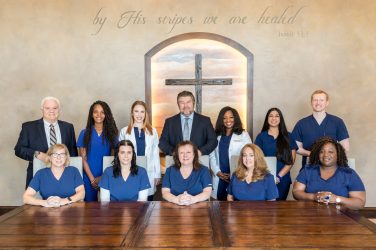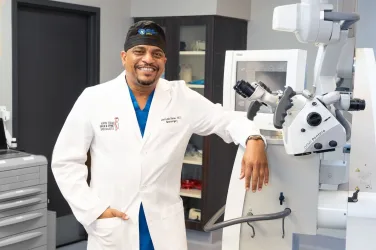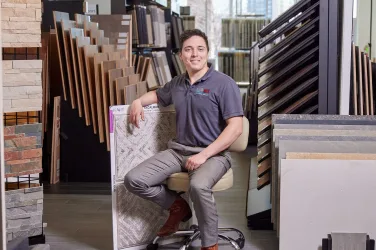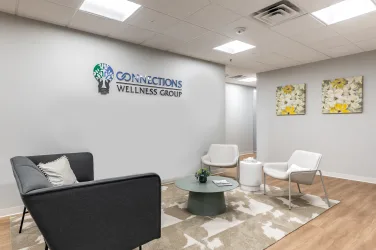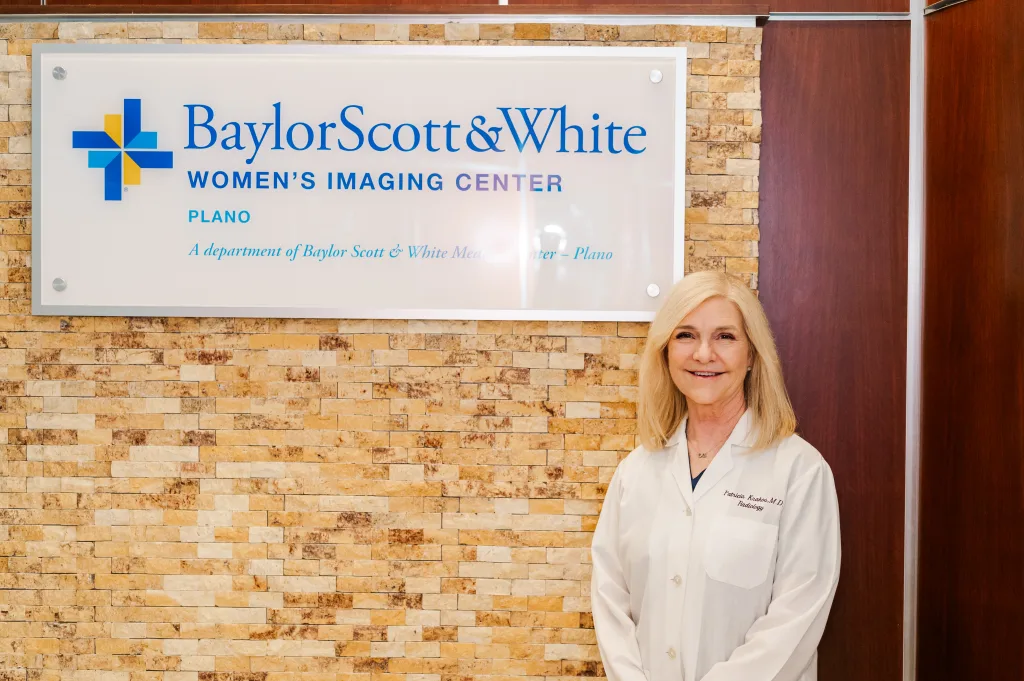 Photos by The Teal Album
Photos by The Teal Album
Good news first. Most of the cancers found on
mammograms are tiny. Dr. Patricia Krakos, a radiologist on staff at Baylor
Scott & White Medical Center – Plano broke the news to us, adding
other heartening facts.
“Breast cancer is very, very treatable and
we’ve increased people’s ability to survive from it by 30% since we started
doing mammograms,” she said. Though the most common cancer is also the most
treatable, Dr. Krakos added that its prevalence rate makes breast cancer
second only to skin cancer. Thus, the importance of a yearly mammogram cannot
be emphasized enough according to most cancer doctors.
“It’s extremely important to do everything we
can to try to prevent and diagnose breast cancer early. Right now, there’s
really not much we can do for prevention,” she said. Though lifestyle factors
play a part in cancer risk, many cancers are found without any risk factors,
she explained.
Luckily, new 3D imaging technology makes it
possible and common to detect Stage 0 breast cancers which will not require
any chemotherapy and, depending on the size and particular cancer, may also
require no radiation. “It’s much easier on your mind and body when you have a
tiny cancer,” said Dr. Krakos. What’s more, the doctor explained how women
have a 12% chance of developing breast cancer, or one in eight
women.
New 3D mammography equipment means mammograms
are possible for everyone regardless of breast size.
3D
Mammography
Baylor Scott & White recommends 3D
mammograms on all women. Compression is still used in 3D mammography, but the
resulting images deliver incredibly detailed results. Instead of taking just
one picture, the 3D camera takes many quick snapshots of different areas of
your breast. The resulting video image is almost like a hologram, said Dr.
Krakos.
First, the mammogram can easily “see” through
dense breast tissue much more easily. Second, the 3D mammogram has reduced
the number of people called back to the doctor’s office because of
questionable abnormalities detected in their images. That is, doctors now
only call back people who really need it, said Dr. Krakos.
Misconceptions
So, what’s stopping you from scheduling a
mammogram today? Perhaps an easily cleared-up misconception is to blame. The
public often hears mixed messages about mammograms. The need for a mammogram
only every other year, or not until you are 50 are two common
misunderstandings around the need for yearly mammograms, and may come from
old science, explained Dr. Krakos.
Another misconception comes from concerns
about radiation. According to Baylor Scott & White doctors,
mammography radiation is incredibly focused and small. Background radiation
in the air over the course of seven short weeks of being alive would add up
to about the same amount of radiation necessary for mammography, they
explained. That’s about the same amount as a person might experience flying
from California to New York or even having a chest X-ray. The benefits for
submitting to such a small amount of radiation for a mammogram, however, may
far outweigh the benefits of one airline flight.
Dense breast tissue is no match for advances
in mammography, either, said Dr. Krakos, so anyone who believes their own
dense tissue will thwart the screening power of a mammogram can rest easy.
Dense breast tissue is a normal type of tissue that is thicker than non-dense
tissue, but even the earliest-stage cancers are seen in a 3D mammogram. Even
the tiny calcium deposits that accumulate at stage 0 – before the cancer has
invaded any tissue or spread – can be seen best on a
mammogram.
 When and Why
When and Why
Breast cancer is one of the most treatable
cancers, but finding it early is key. Dr. Krakos told us that 70% of women
who die from breast cancer have not had their regular mammograms. Cancer
doctors are also finding this type of cancer in younger patients, where it
tends to be more aggressive. That’s why cancer doctors recommend yearly
screenings starting at age 40. Those with a first-degree family member who
has had breast cancer should start their mammograms ten years earlier, at age
30. That’s because, for people with a first-degree family member who was
diagnosed, cancer affects subsequent generations at an earlier
age.
Make sure you talk to your doctor about your
own risk factors for cancer. Though 12% is considered the average risk for
all women to develop some form of breast cancer, your doctor can consider
family history, personal medical history, and other factors to calculate your
individual risk. Additional tests such as MRIs and ultrasounds may be
recommended for some patients.
Abnormal lymph nodes in the scanned regions
may even be detected through regularly scheduled mammograms, helping catch
lymphomas too.
***Physicians provide clinical services as
members of the medical staff at one of Baylor Scott & White Health’s
subsidiary, community or affiliated medical centers and do not provide
clinical services as employees or agents of Baylor Scott & White
Health or those medical centers.
Contact
Baylor Scott
& White Women’s Imaging Center – Plano
(3D mammograms)
4716 Alliance Boulevard, Suite 100, Plano, Texas 75093
(469) 814-4400
Baylor Scott
& White Elizabeth Jekot, MD
Women’s Imaging Center – Richardson
(3D mammograms)
3301 Renner Road, Suite 100, Richardson, Texas 75082
(214) 442-7070
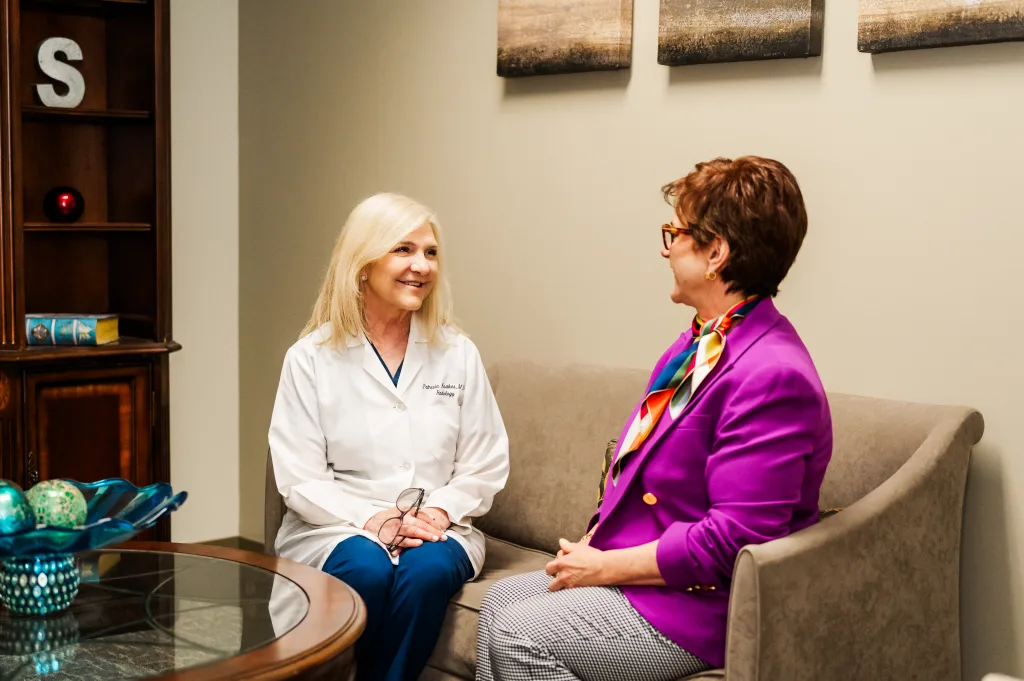
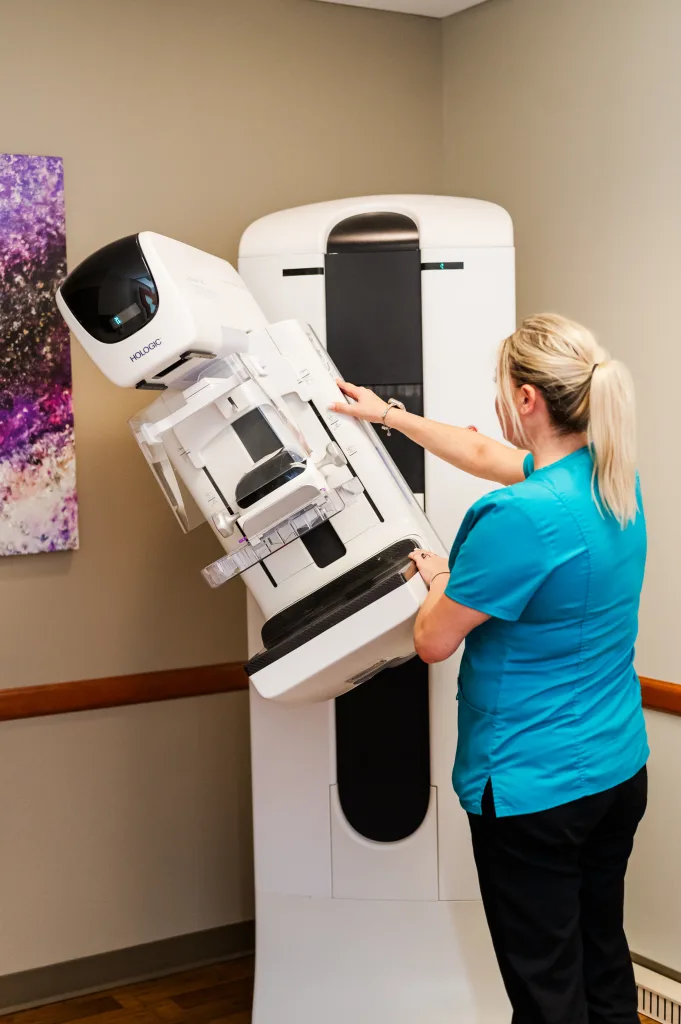 When and Why
When and Why
